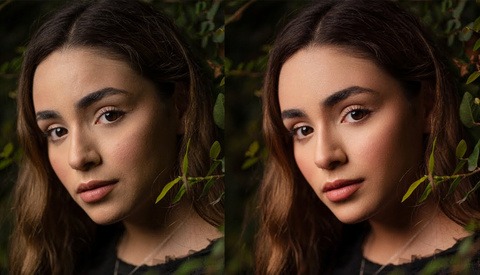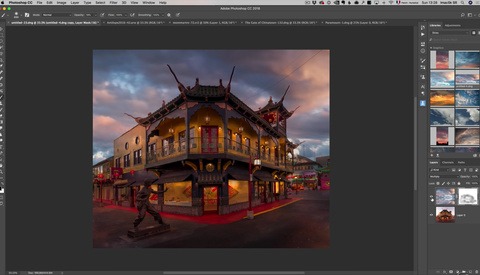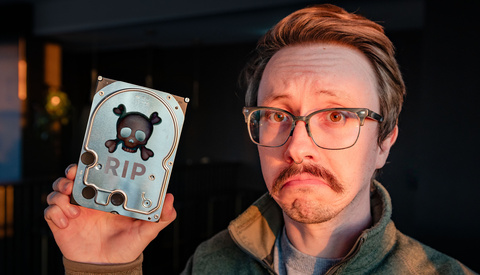A Look at One of Photoshop's Most Powerful and Least Used Features
Photoshop is an extremely nuanced and complex program, which means there are often several ways to accomplish what you need to do. One of the application's most useful features, Blend If, is a bit hidden behind those multiple layers of menus, but it is one well worth knowing, as it gives you powerful and versatile capabilities for a range of editing scenarios. This excellent video tutorial will show you the ins and outs of Blend if and demonstrates how it works through a series of double exposure edits.





























